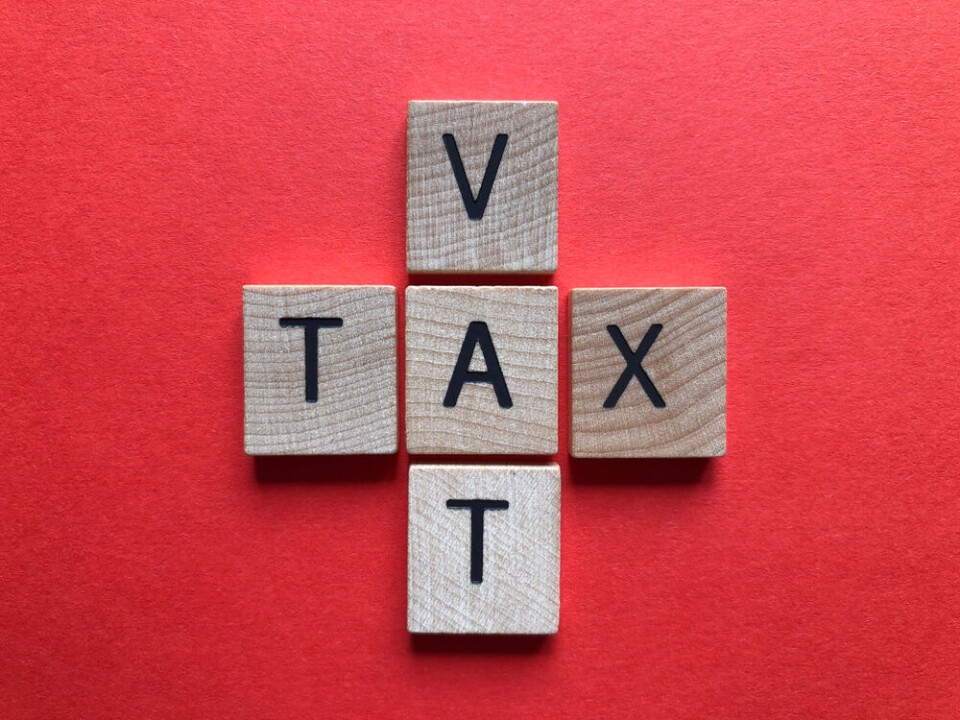-
Paper tax forms reduced in France as more switch to online declarations
You can still request paper version for physical declaration
-
Useful vocabulary to help understand your French income declaration
These 25 words and phrases are likely to crop up
-
France's 2026 budget: how new plans could affect residents
Cuts to public and administrative spending, home renovation aids, and pensions are all on government’s horizon
Did you know?: VAT was invented in France
For people in France, May is associated with declaring taxes so in that spirit we look into the history of one of the world’s most-known taxes

Value-added tax (Taxe sur la valeur ajoutée or TVA) was created by Maurice Lauré, a 37-year-old French finance inspector at the time, who worked at the Inspection générale des finances, France’s auditing body on finances, administrative and economic matters.
The law enacting the first VAT was proclaimed by then-President René Coty on April 10, 1954 after having been reviewed by both chambers in an effort to simplify France’s fiscality by replacing a complex tax on production.
Mr Lauré’s ambition was in part to put an end to intense criticisms from French people over taxes called ‘en cascade’, a fiscal scheme where taxes were collected over many steps of the production of a single product.
Taxes at the time were often believed to be unfair, creating loopholes and wide ranges in fiscality between the rich and poor, and fueled the resentment of the Union de défense des commerçants et artisans, a French political movement created by Pierre Poujade, that called for the repeal of taxes from what it called a ‘vampiric State.’
France set different levels and added various other levels of VAT over the years, having seen an inflated level of up to 33.3% between 1970 and 1982.
The Minister of Economics and Finances has set four different rates since January 1, 2014 as a result of the finance law of December 29, 2012, the last to have legislated on VAT in France.
The first level is set at 20% and affects service goods and activities such as tobacco, alcohol, clothes, hi-fi goods, household items as well as hairdressing salons, for instance.
The second level is reduced to 10% and affects various raw agricultural goods and specific services such as camping and housing activities, access to museums, zoos and monuments or waste-treatment activities and restaurants.
The third level affects most essential goods from food products, feminine hygiene-protection, books, gas and electricity subscriptions, meals in school canteens, theatre and cinema tickets. It is set at 5.5%.
The lowest VAT-rate is reserved for some medicine reimbursed by the French social security system, the television licence fee and the selling of living animals in boucheries-charcuteries, among others. It is capped at 2.1%.
Covid PCR tests and vaccines are exempted from VAT until December 31, 2022, both ministers of Health and Economy announced in a press release on December 8, 2020.
VAT accounted for €155.7 billion in 2021, according to calculations from Insee, France’s statistics office, equivalent to more than 38% of all gross revenues.
Mr Lauré was qualified as the ‘prince of thought’ by French sociologist Raymond Aron, with countless countries having borrowed his idea and established their own VAT.
It was adopted by many countries in the European Union and Southern America in the 1980s and is now featured in more than 150 countries including all of the Organisation for Economic Co-operation and Development (OECD) members with the exception of the United States.
Read more about tax and money.
Related articles
French income tax declaration deadline looms - seven rules explained
French tax declarations: Four common and costly errors to avoid
Advisory service resolves Britons' financial problems in France
























